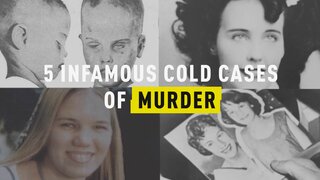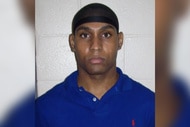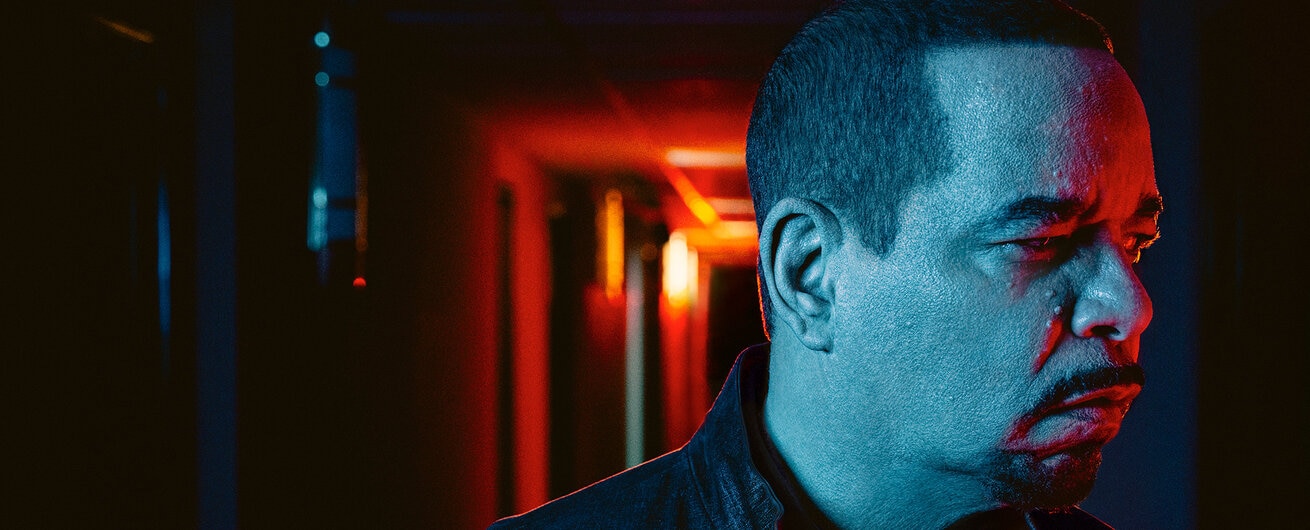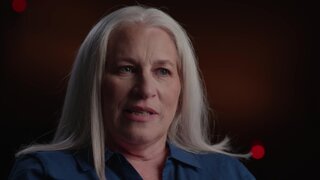Create a free profile to get unlimited access to exclusive videos, breaking news, sweepstakes, and more!
How Eerie Similarities In 2 Far-Away Cold Cases Pointed Investigators To Murderer John Brewer
Despite several years and hundreds of miles separating the murders of Michele LaFond and Dina Kichler, a combination of thorough police work and lucky coincidences ultimately helped nab their killer.
Several years after 21-year-old Dina Kichler was murdered in Mayport, Florida, an unlikely lead in the case emerged at a conference on cold cases being held in the state.
An investigator with the Naval Investigative Service gave a presentation about the brutal murder of Kichler on Dec. 3, 1990. Strangled and raped, Kichler’s body was discovered in a pile of bed linens by the side of her bed.
In addition to smatterings of blood found throughout the home, tufts of dark hair were found in a hole in a wall near the staircase leading up the home’s lofted bedroom, while even more hair was found in the bathtub of the master bathroom.
James Tucker, at that time a captain with the Portsmouth Police Department in New Hampshire, was in attendance and listened intently to the surprising details, which bore a striking resemblance to the 1987 murder of Michele LaFond in Dublin, New Hampshire.
“The investigator stated that the victim was in her early 20s with dark hair. The victim had been beaten, strangled; the victim had a haircut in the bathtub,” Tucker says during an interview in the season premier of Oxygen’s “In Ice Cold Blood,” a true crime anthology series. “My jaw dropped — I couldn’t believe what I was hearing.”
LaFond was raped and killed on March 4, 1987, according to a 1999 article by The Associated Press. She was four months pregnant at the time of her murder.
Both the Kichler and LaFond cases involved sexual violence, and both of the victims’ homes were in disarray following their killings. An investigator also testified that LaFond had marks on her body that indicated her wrists and ankles were bound, according to the AP article.
“The Michele LaFond case was a tragedy,” Tucker says. “There were signs of violence throughout the house. Her hair was wet. And Michele LaFond’s body was found in the upstairs bedroom’s bathroom.”
Mike Monroe, a homicide detective who worked on the Kichler case, also commented on just how similar the two women looked.
“The similarities in both cases were both of them very attractive young women, both of them had black hair, almost the same length [and] both of them had the same color eyes,” Monroe says in the episode. “If you held pictures of both them up side by side you’d think they were sisters. Both of them had their hair chopped off, both of them had puncture wounds identical from New Hampshire to Jacksonville.”
A suspect named John Brewer had been arrested in the Kichler case in Dec. 1991, after his hair was determined to match three samples that were discovered at the crime scene. However, he was ultimately released two years later because there wasn’t enough evidence to hold him without bond, the Palm Beach Post reported in 1993.
But wIth the LaFond case coming to light, investigators in Florida and New Hampshire got to work again. In addition to unearthing Brewer’s extensive criminal history in New Hampshire, Tucker went to the Jacksonville Sheriff’s Office, pulled Brewer’s file and a job application of Brewer’s in which he listed Gary LaFond, Michele’s husband, as a reference.
“John Brewer was associated with that family. John Brewer had opportunity to have committed this crime, and he was in the area when the crime happened,” prosecutor Jay Taylor says of Michele LaFond’s murder.
After they matched the DNA of the three hair follicles found in Florida to the semen samples collected in New Hampshire, investigators tracked Brewer down at his home in Jacksonville, and arrested him in April 1998 — nine years after Kichler’s murder, and more than 12 years following LaFond’s.
Brewer was brought back to the Jacksonville Police Department, where he was interviewed by members of the New Hampshire State Police and members of the Jacksonville Sheriff’s Department on the two homicides.
In order to avoid the death penalty, Brewer, 41 at the time, wound up pleading guilty to both murders and in the summer of 1999 received two life sentences.


































